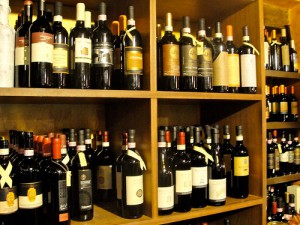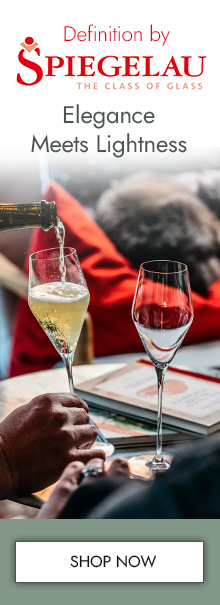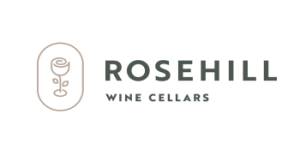A lot of challenge and excitement is involved in wine collecting. The best reason to have a custom wine cellar in the Toronto area is so that you can learn about the best wines and store them properly. Among the many aspects you can learn about, to enhance your appreciation of wine, is correctly interpreting wine labels. There is more to come about wine labels, such as the five basic bits of information found on most labels. Here, however, we continue what was started in Part 1 by learning more about appellation, which is one of the two primary ways wines are labeled.
Italy’s Appellation Credentials
In 1963, the appellation system in Italy was established. Originally, it was designed to champion the country’s indigenous grapes by raising wine made with grape varietals from Italy to the DOC system’s highest tiers, DOCG. This doesn’t mean there aren’t French grapes of high quality. However, French wines are usually – and quite arbitrarily – given a lesser IGT status.
The following terms assigned to Italian wine can be useful in choosing the best wines for your custom wine cellar:
- Classico is a wine denomination that signifies the original wine-making boundaries, which were smaller, prior to the changes made to many DOC boundaries in the 1960s and 1970s.
- Superiore is an indication of wine grapes with a superior quality and often a requirement for a minimum period of aging before wine can be sold.
- Riserva usually refers to aging wine for an extended period before being released. These are the types of wines frequently found in custom wine cellars. Many wine producers make only Riserva wines using grapes from vintages of exceptional quality.
Spain’s Appellation Credentials
In Spain, wine is qualified with the Denominación de Origen (DO) or Denominación de Origen Protegida (DOP) system. An essential feature of Spanish wines is aging, which is why the country also has classifications for aging. The following are some basic guidelines for understanding Spanish wines, but they sometimes differ slightly from one region to another:
- Roble or Tinto wine has virtually no oak aging, even though “roble” literally means “oak.”
- Crianza wine has 9 to 12 months of aging in both oak and in the wine bottle.
- Reserva refers to Spanish wine with required oak and bottle aging. Reserva wine typically undergoes a year in oak and often two additional years in a bottle.
- Gran Reserva indicates prolonged aging in oak and bottle. This usually indicates up to 24 months in oak and four years in a wine bottle.
Contact Rosehill Wine Cellars
Rosehill Wine Cellars builds custom wine cellars in Toronto and throughout the area. A custom wine cellar is the perfect place to store wine of all quality levels. See this continuing series to learn five basic types of information that can be found on a wine label.






